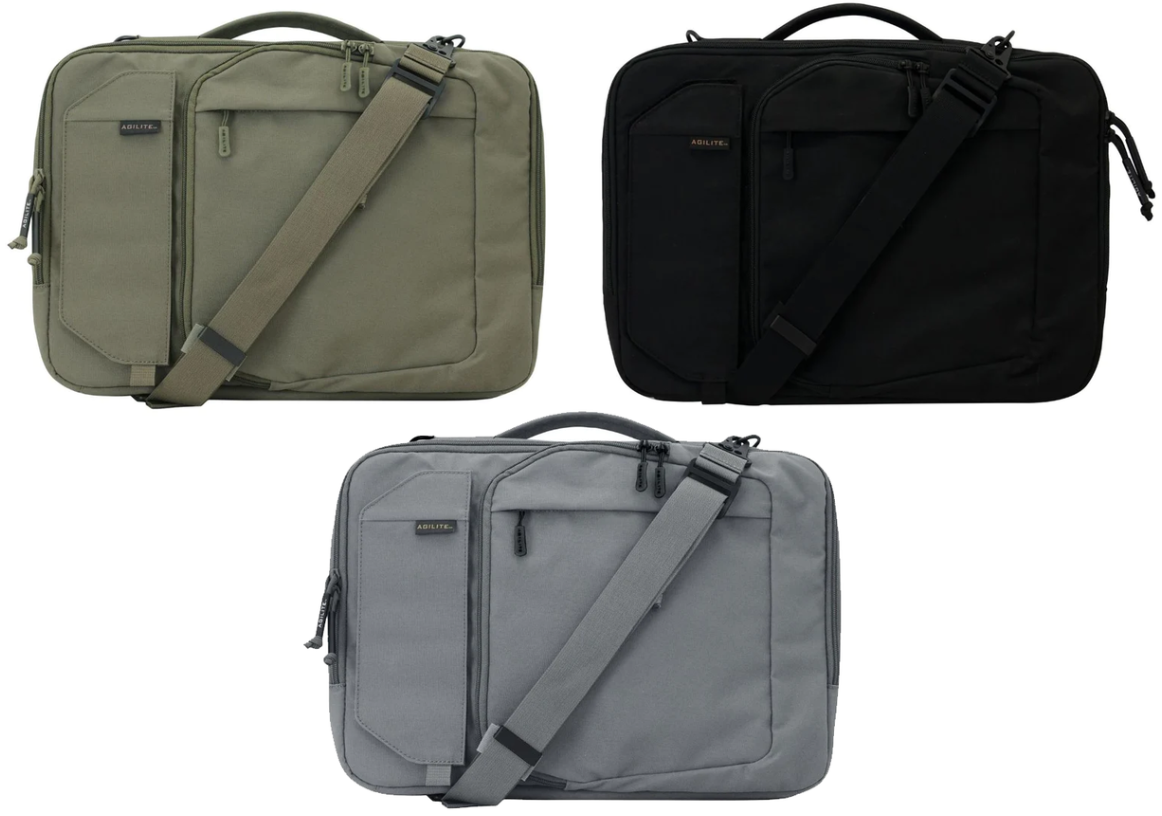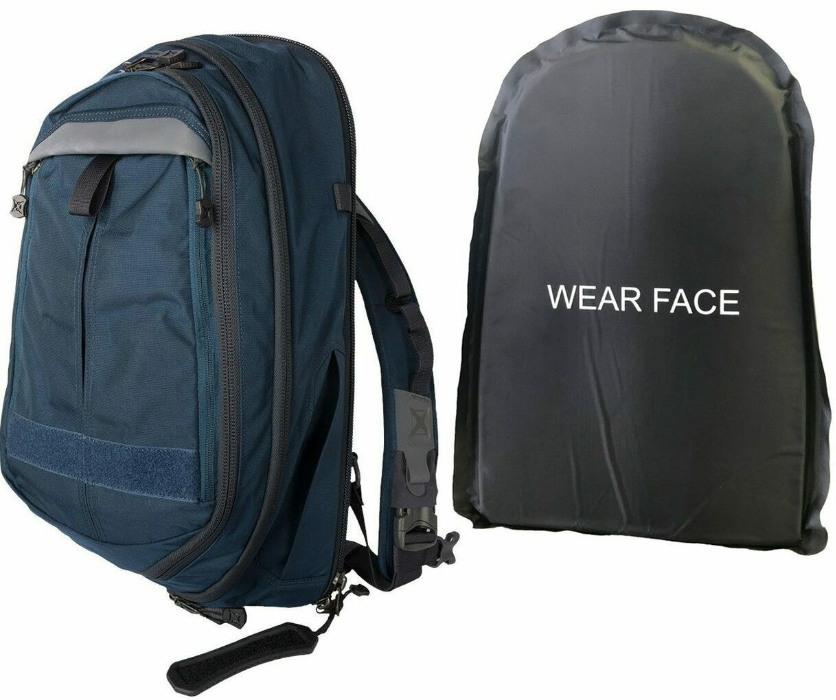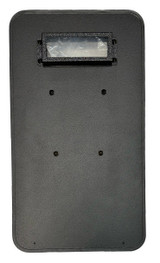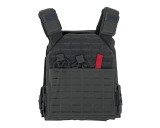Unveiling the World of Backpack Armor: Protection, Applications, and Varieties
In a world where personal safety is a paramount concern, innovations in protective gear have extended to everyday items like backpacks. Backpack armor, a cutting-edge development, serves a critical role in enhancing personal security. This article delves into the realm of backpack armor, exploring its uses, applications, and the various types available.
What is Backpack Armor?
Definition:
Backpack armor refers to specially designed inserts or panels made from ballistic materials intended to fortify backpacks against ballistic threats, such as bullets or shrapnel.
Applications and Uses:
Personal Safety:
Bullet Protection: The primary purpose of backpack armor is to provide an extra layer of defense against ballistic threats, offering a measure of protection in the event of a shooting incident.
Everyday Carry:
Urban Commuting: Suited for individuals who commute in urban environments where unforeseen threats may arise.
Public Spaces: Provides a discreet and portable means of personal protection.
Emergency Preparedness:
Natural Disasters: Useful in situations where civil unrest or breakdown of law and order is possible during natural disasters.
Civil Unrest: Offers a level of protection for individuals navigating through areas of potential civil unrest.
Travel Security:
High-Risk Areas: Ideal for travelers venturing into regions with elevated security risks.
Remote Locations: Adds an extra layer of protection for backpackers exploring isolated or wilderness areas.
Differentiating Backpack Armor Types
Soft Armor Inserts:
Materials: Typically made of ballistic fibers such as Kevlar or Dyneema.
Flexibility: Lightweight and flexible, conforming to the shape of the backpack.
Hard Armor Plates:
Materials: Constructed from rigid materials like ceramic or polyethylene.
Level of Protection: Offers higher ballistic protection but may add more weight.
Concealed vs. Overt Armor:
Concealed: Designed to be discreet and hidden within the backpack.
Overt: Features visible external plates for a more overt display of protection.
Multi-Hit vs. Single-Hit:
Multi-Hit: Capable of withstanding multiple impacts without compromising protection.
Single-Hit: Designed to absorb and disperse the impact energy but may have limitations on the number of hits it can sustain.
Level of Ballistic Protection:
NIJ Standards: Backpack armor may adhere to the National Institute of Justice (NIJ) standards, indicating the level of ballistic protection it provides.
Considerations When Choosing Backpack Armor
Comfort and Fit:
Ergonomics: Choose armor that fits the contours of your backpack comfortably.
Threat Level:
Assessment: Evaluate the potential threats in your environment to choose the appropriate level of protection.
Weight:
Balance: Consider the balance between protection and the additional weight the armor adds to your backpack.
Discretion:
Visibility: Decide whether you prefer a covert or overt display of your protective measures.
Conclusion: Fortifying Your Journey with Backpack Armor
Backpack armor stands as a testament to the evolution of personal safety solutions. Whether you're navigating bustling city streets, commuting to work, or venturing into less secure environments, the right backpack armor can provide an added layer of security and peace of mind. Understanding the different types, applications, and considerations ensures that you can make an informed choice tailored to your specific needs and lifestyle.
Recent Posts
-
Understanding Ballistic Shield Ratings and Their Applications
The Trusted Name in Tactical Defense - BattleSteel® When it comes to protecting those who protect us …2025-04-19 -
The Importance of Hearing Protection in Tactical Environments
The Legacy of BattleSteel® BattleSteel® is a trusted name in the world of tactical defense equipment …2025-04-14 -
How to Properly Fit and Wear a Plate Carrier
About BattleSteel and Their Mission BattleSteel is a trusted name in the tactical gear industry, ren …2025-04-11




